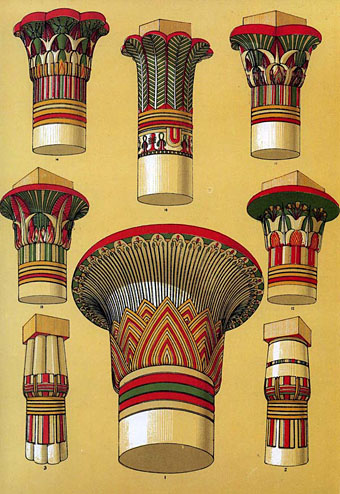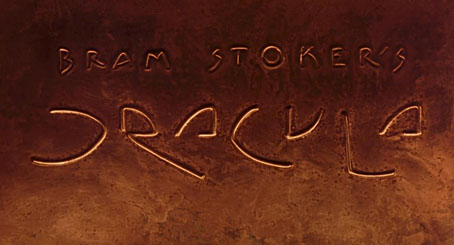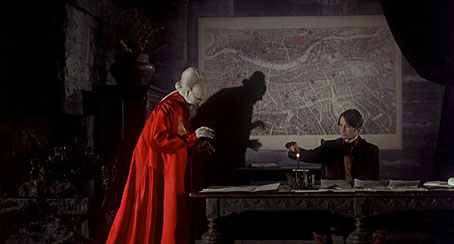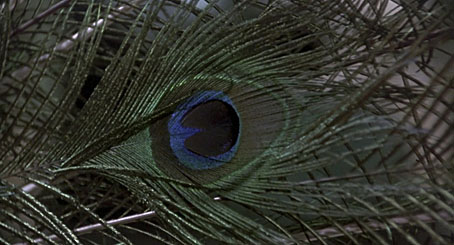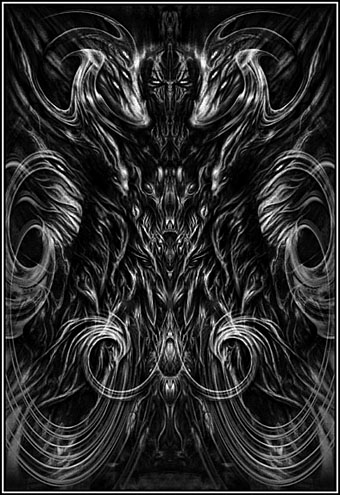Ancient Egyptian capitals from The Grammar of Ornament (1856) by Owen Jones at Egyptian Revival.
• Golden Age Comic Book Stories has been pulling out all the stops recently with entries for Will Bradley, Alphonse Mucha’s Documents Decoratifs (a companion volume to Combinaisons Ornementales), and pages from My Name is Paris (1987) illustrated by Michael Kaluta, an Art Nouveau-styled confection which features scenes from the Exposition Universelle of 1900. Related: Alphonse Mucha in high-resolution at Flickr.
• The Sinking Of The Titanic by Gavin Bryars at Ubuweb, the first release on Brian Eno’s Obscure label in 1975. Bryars’ Titanic is an open composition which has subsequently been reworked and re-recorded as more information about the disaster has come to light. The accompanying piece on that album, Jesus’ Blood Never Failed Me Yet, is the only version you need unless you want Tom Waits ruining the whole thing in the later recording.
• Hayley Campbell claims to have the worst CV in the world but she has a better way with words than most people with bad CVs. She’ll be giving a talk with Tim Pilcher entitled Sex, Death, Hell & Superheroes at The Last Tuesday Society, 11 Mare Street, Bethnal Green, London, on April 8th. Just don’t shout “Xena!” if you attend.
• Monolake live at the Dis-Patch Festival Belgrade, Serbia, 2007; 75 minutes of thumping grooves. Related: A video by Richard De Suza using Monolake’s Watching Clouds as the soundtrack.
• “I preached against homosexuality, but I was wrong.” Related: Gay Cliques, a chart, and Sashay shantay épée at Strange Flowers, the last (?) duel with swords fought in France.
• Mixtapes of the week: Electronica from John Foxx and Benge at The Quietus, and Ben Frost mashing up early Metallica, Krzysztof Penderecki, and late Talk Talk for FACT.
• A 40 gigpixel panorama of the Strahov Philosophical Library, Prague, described by 360 Cities as the world’s largest indoor photo.
• How Hollywood Butchered Its Best Movie Posters; Steven Heller on Saul Bass.
• Back issues of Coilhouse magazine are now available to buy in PDF form.
• Absinthe minded: The ruin of bohemians is back in all the best bars.
• Fade Into You (1993) by Mazzy Star.

